There’s a moment every marketer remembers, the moment they realize the game has changed. In the world of AI advertising, that moment arrived with force in 2025. For many eCommerce leaders, it happened late at night: a dashboard refresh, a sudden spike in performance from a campaign you barely touched, or a manual audience test that got crushed by a broad-targeting AI experiment.
At first, it seemed like a glitch. However, it quickly became clear, it was a turning point.
And by late 2025, that turning point is undeniable:
The manual era of advertising is over.
A Shift Years in the Making
Back in 2024, when Facebook’s global ad revenue crossed the $100B mark, it wasn’t just a headline. It was a warning shot, a signal that scale and automation were about to accelerate. Even so, the industry clung to control: modifiers, audiences, bid strategies, and spreadsheets.
However, fast forward to Q3 2025, and the latest data makes one thing brutally clear:
AI advertising isn’t just “helping” us run ads anymore. It’s running the entire ecosystem.
The Moment the Numbers Told the Story
This shift isn’t theoretical. In fact, it’s baked into this year’s earnings and ad spend reports.
1. Meta: When AI Became the Conversion Driver
In Meta’s Q3 2025 earnings preview (IG International), the company highlighted something unthinkable five years ago:
AI recommendation models are now directly responsible for measurable conversion lifts, 5% on Instagram and 3% on Facebook.
As a result, the machine isn’t just assisting your campaigns. It’s predicting your buyers with startling accuracy.
Your manual audiences? Your lookalikes? Your assumptions?
They’re now competing against a system that processes more behavior patterns in a week than any human team will in a career.
2. Google: The Quiet Takeover of Performance Max
Then came Google’s Q3 2025 ad report. What once felt like a “forced migration” has now become the industry default.
Performance Max currently accounts for 68% of all Google Shopping spend.
Even more importantly, benchmarks show PMax is driving 5% higher sales per click than legacy Standard Shopping, a gap no manual strategist can ignore.
In other words, Google didn’t just automate Shopping. It rewrote the rules of media buying.
The Part Nobody Warned You About
If Meta’s AI and Google’s PMax are so powerful, then the solution must be simple, right?
Just turn everything on. Let the platforms run the show. Print money. Not quite.
Because here’s the trap every brand eventually falls into:
Platform AI works in silos and optimizes for platform profit, not brand profit.
For example, Google will gladly burn your budget on high-volume, low-margin queries to meet click targets. Meanwhile, Meta will aggressively fight for attribution, even when the customer came from Search.
Unfortunately, neither platform has visibility into your margins, LTV, inventory, or full customer journey.
They only see their world, and optimize accordingly.
As a result, your blended CAC rises even when “performance looks good” inside each individual platform.
Where AdScale Fits Into the Story
While the ad giants refined their own AI, AdScale focused on a more critical question:
What if someone built the intelligence that sits above the platforms?
Not a replacement. A conductor. A master system that uses:
- Your first-party data
- Your actual margins
- Your LTV signals
- Your inventory reality
And then uses it to guide Google and Meta how to spend, not the other way around.
Unified First-Party Data
Where Google and Meta rely on pixels and partial events, AdScale taps directly into your store. For instance, Shopify order data and SKU-level profitability are used to generate enhanced signals that platforms can’t access on their own.
Cross-Channel Budgeting (Moneyball for Media Buyers)
If PMax gets expensive at 2 p.m., the system moves budget to Meta.
If Meta CPMs spike at 7 p.m., we shift back to Search.
This happens 24/7 – something no human team could execute manually.
Creative Intelligence
In today’s AI advertising environment, creative has become the new targeting.
AdScale’s AI analyzes thousands of creative elements, colors, motion, hooks, pacing, and automatically refreshes winners so no campaign goes stale.
Don’t Just Take Our Word for It
Here’s what real Shopify merchants are saying:
“Adscale has completely transformed how I manage my Meta and Google Ads. The platform is beyond awesome. It simplifies the entire process of running ads, removing the usual complexity while giving me full control over my budget and optimization.”
– Shopify user review, October 2025
The Verdict: Adapt or Be Left Behind
By the end of 2025, the marketing industry hit the point of no return. And the evidence is everywhere, from Meta’s earnings to Google’s spend patterns, global forecasts, and your own dashboards.
The risk is no longer trusting AI.
The risk is believing you can still beat it manually.
If 2026 belongs to anyone, it belongs to brands that stop resisting the shift to AI advertising, and start leading the revolution.
Curious how this could work for your brand?
Download a free trial of AdScale and explore the platform at your own pace.
Want to know how Meta’s latest AI shift is reshaping ad creative?
Check out our breakdown of the Meta Andromeda Update, a new strategy powering smarter, faster Facebook and Instagram ad performance. Learn how to align your creative with the AI system now driving Meta’s ad engine.
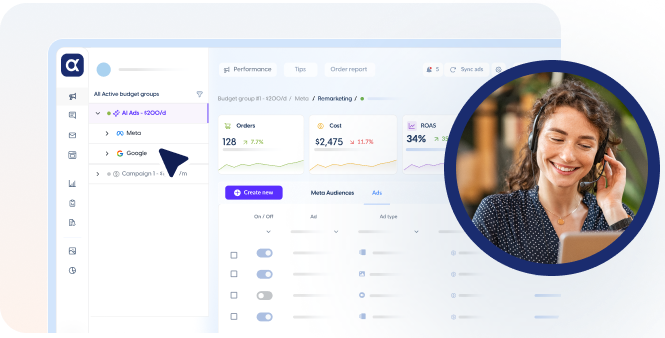
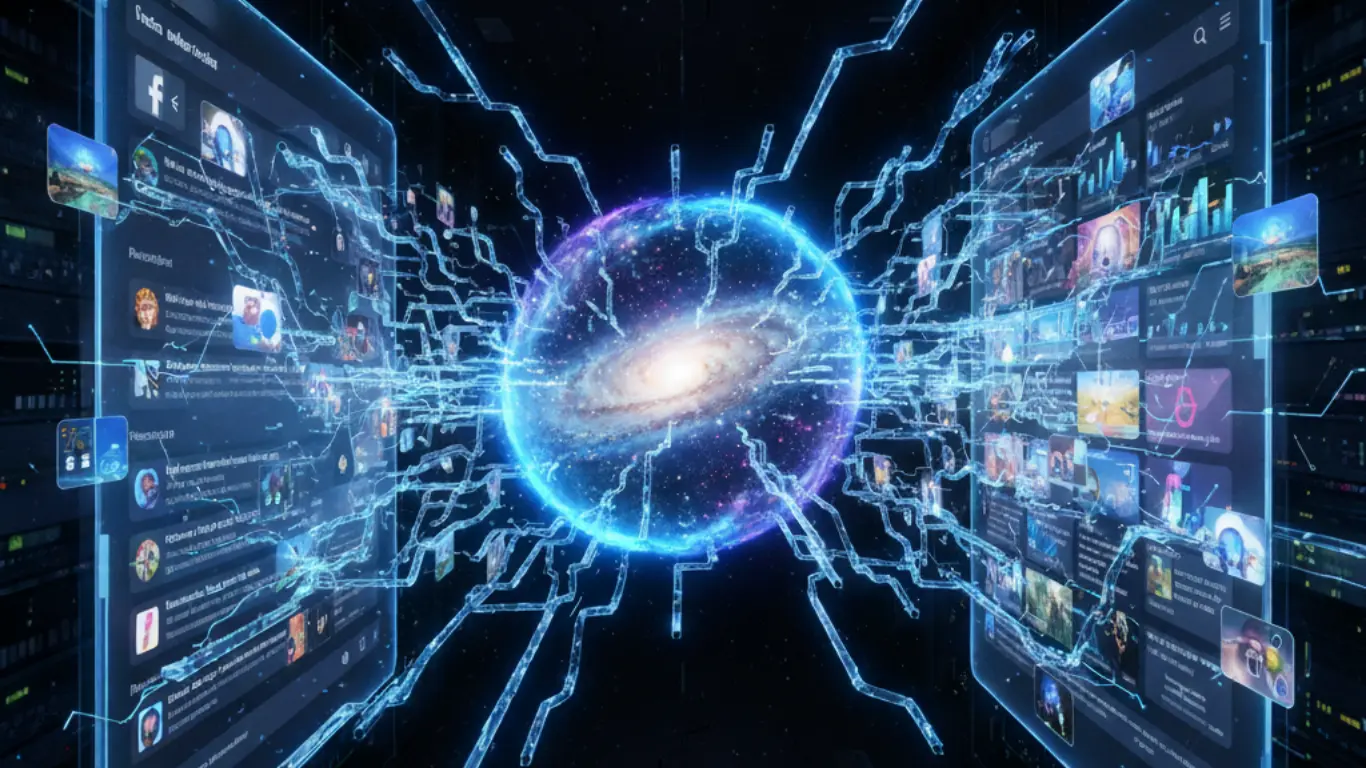
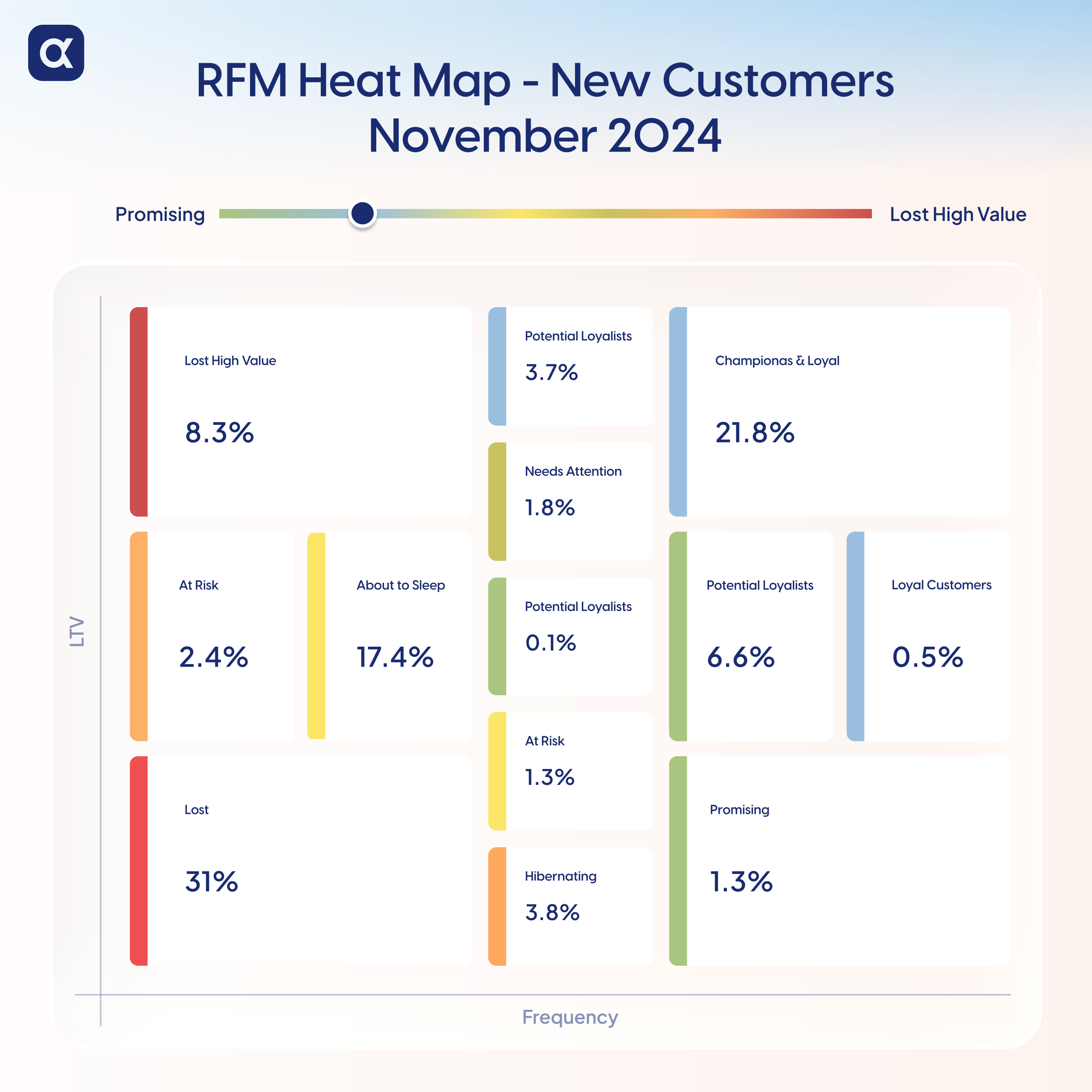
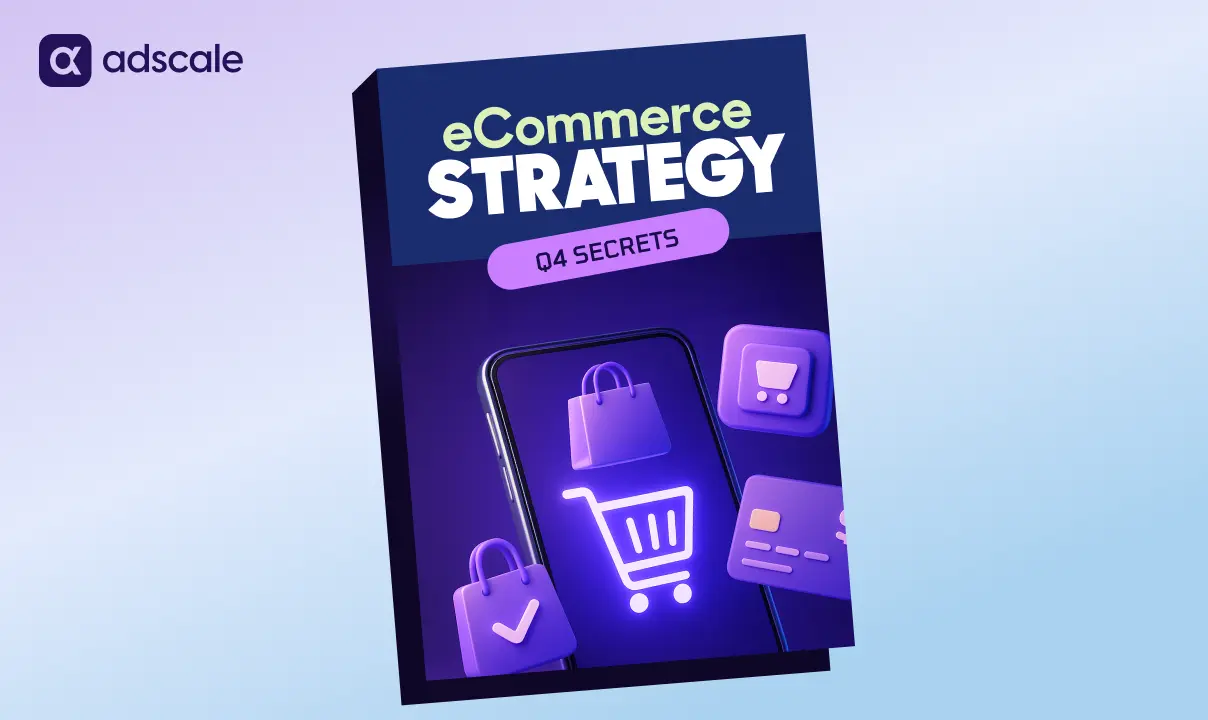


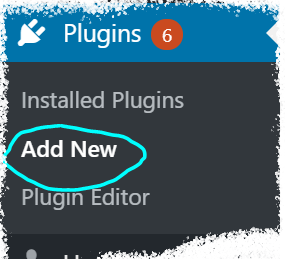
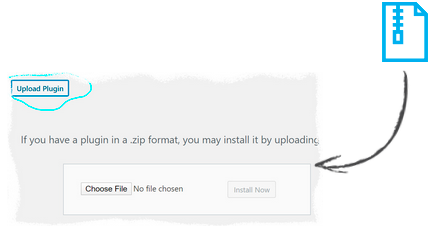
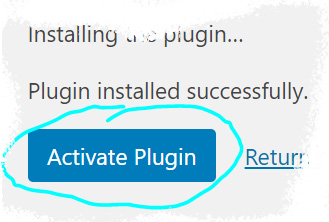
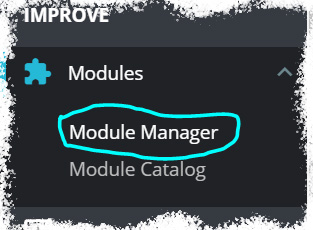
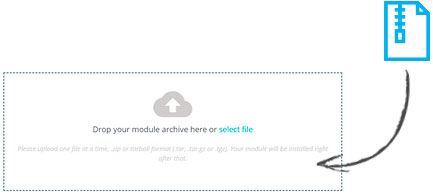
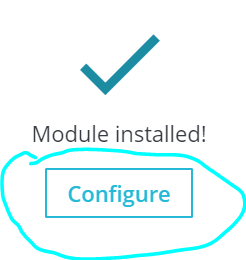



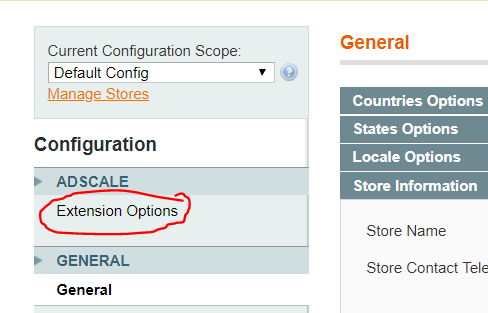
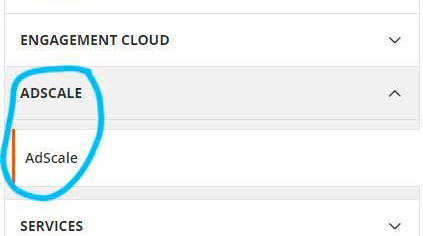
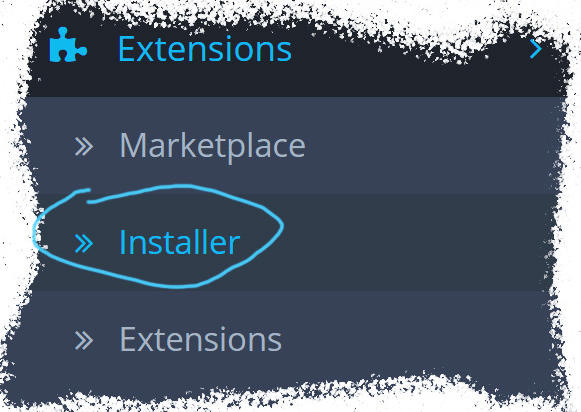
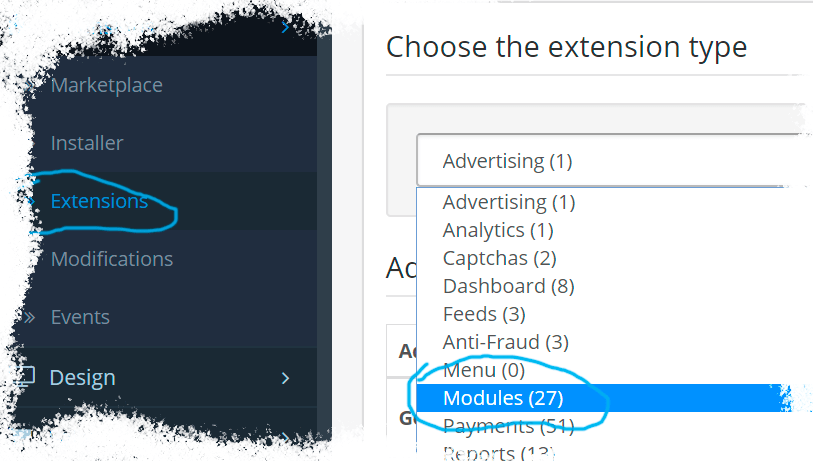
 ,
,